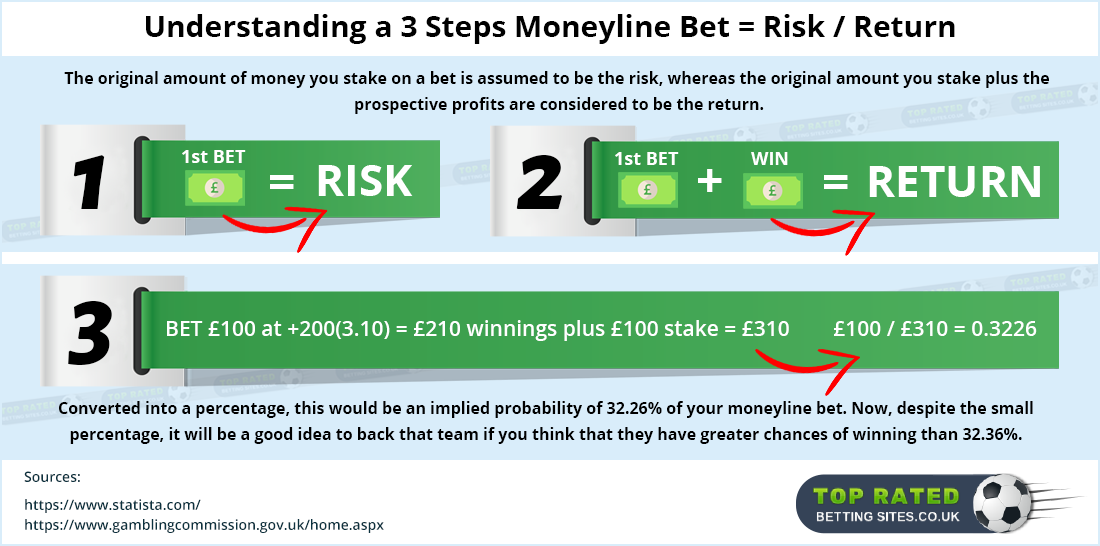Gambling Lines Explained
Betting lines or point spread betting is a type of betting that was created to make the contest more even. You can compare line betting to a handicap applied to a.
In the world of sports betting, a money line bet is simply betting on which team you expect to win. It doesn’t have anything to do with a spread. You may also see a money line bet listed as “Money Line” or “ML” in different spaces.
- Total bets: a bet on the number of points or goals to be scored in the game. Bettors can bet “over” the number if they think more points will be scored or “under” if they think fewer points will be scored. Money Line bets: a bet on a team to win the match.
- Jan 15, 2021 Money Lines If you don’t want to be tasked with doing math during game action, money lines are a bit more conventional. In fact, a money line wager is based entirely on which team wins, and the.
- What does the betting line mean – betting lines explained Betting lines or point spread betting is a type of betting that was created to make the contest more even. You can compare line betting to a handicap applied to a team you bet on. Basically, the line determines certain limitations for betting.
Money lines are represented in negative and positive values.
Negative money line: -145, -220, or anything similar
When you see a minus (-) sign in front of a price, it shows you that team is the favorite to win the game.
That number also indicates how much money you need to bet/spend in order to win $100.
For example, a -220 money line means you need to bet $220 in order to win $100 provided the team you bet on actually does win.
Heavy favorites are known in sports betting as a “chalk” pick. A heavy favorite usually has a number pushing +300 or more. Here, you’re wagering a lot on the favorite to win a little. Don’t assume that a heavy favorite, or chalk pick, is a guaranteed winner…
Positive money line: +145, +220, or anything similar
When you see a plus (+) sign in front of a price, it shows you that team is the underdog. Higher numbers like +400, +500, +5000, etc. represent how much of an underdog the team is in the game. The higher the number the more likely the team is expected to lose in the eyes of the oddsmakers.
The number also indicates how much money would win in comparison to every $100 you wager.
Gambling Lines Explained Games
For example, a +150 money line means you would win $150 for each $100 wager you place should that team win the game.
Gambling Lines Explained

Money line examples:
Lets use an NFL example here:
New England Patriots -240
Miami Dolphins +220
To bet the New England Patriots to win on the money line, you would need to spend $240 on the bet for a chance to win $100 if the Patriots beat the Dolphins. Your return would be $340 – the original $240 stake (bet) and the $100 bet profit.
To bet the Miami Dolphins to win on the money line, you would spend $100 on the bet for a chance to win $220 if the Dolphins, as the underdog, beat the Patriots. Your return would be $320 – the original $100 stake (bet) and the $220 profit.
In both situations, it doesn’t matter if the team you bet on wins by one point or 100 points. You’re purely betting on the team you believe will win the game. As Al Davis said, “Just win, baby.” That’s exactly what you’d be looking for out of your selection. It doesn’t have to be pretty, it just has to happen or your original stake is lost.
What is a Money Line or Straight Up Wager?
A Money Line or straight up wager is a bet on the outright winner of the game or event, without any point spread odds. A Money Line better doesn't have to worry about a team winning or losing by a certain number of points.
Oddsmakers still determine a favorite and an underdog by the overall strength of the competitor, but the odds given are based on the amount of money that needs to be put up in order to place the bet.
Example:
The bettor will receive odds that resemble these:
Colts –140
Bears +120
Football Gambling Lines
The (-) symbolizes which team is the favorite and the (+) indicates which team is the underdog. So in the above example, the Colts are the favorite and the Bears are the underdog. All the bettor is wagering on is who he or she thinks will win the game.
If one were to bet on the Colts, he or she would have to risk $140 to win $100 (or $105 to win $75; $70 to win $50, etc). If one were to bet on the Bears, he or she would only have to risk $83.33 to win $100 (or $62.50 to win $75; $41.67 to win $50, etc).
So while the Colts are the favorite to win the game, one would have to risk more money if they wanted to bet on them.